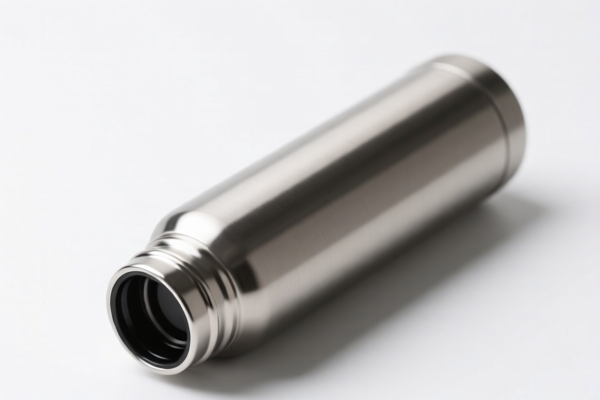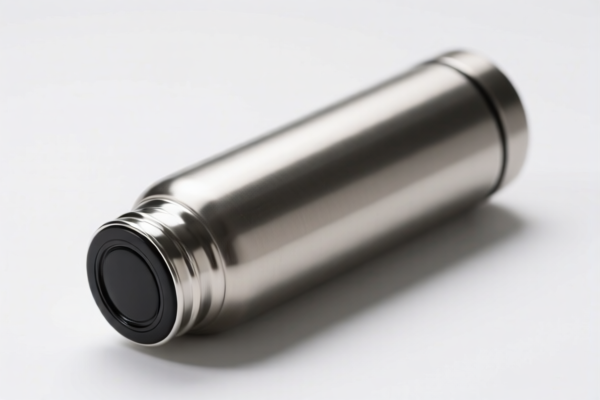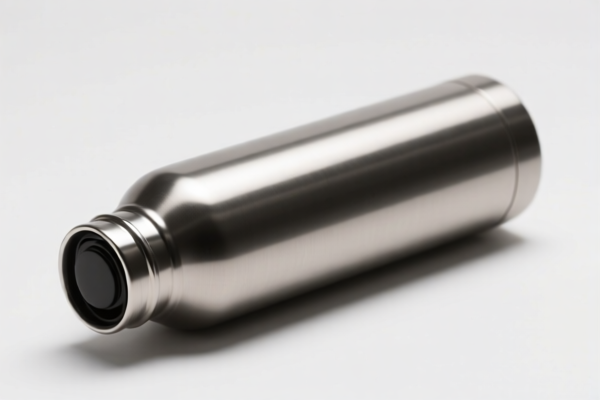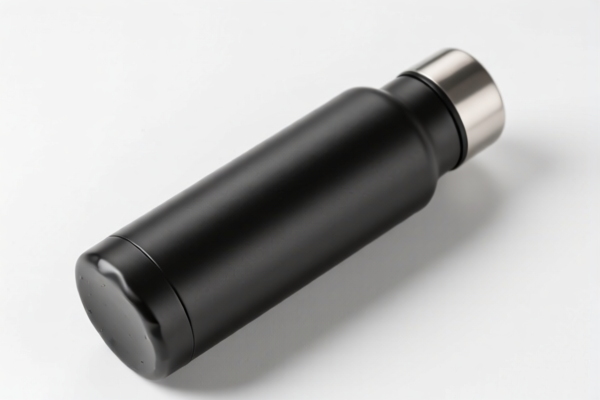| HS Code | Official Doc | Tariff Rate | Origin | Destination | Effective Date |
|---|---|---|---|---|---|
| 7010905015 | Doc | 55.0% | CN | US | 2025-05-12 |
| 7010905019 | Doc | 55.0% | CN | US | 2025-05-12 |
| 7020004000 | Doc | 61.6% | CN | US | 2025-05-12 |
| 8419909580 | Doc | 59.0% | CN | US | 2025-05-12 |
| 8514908000 | Doc | 55.0% | CN | US | 2025-05-12 |
| 7326908688 | Doc | 82.9% | CN | US | 2025-05-12 |
| 7325995000 | Doc | 82.9% | CN | US | 2025-05-12 |
| 7325991000 | Doc | 80.0% | CN | US | 2025-05-12 |
| 3926909910 | Doc | 42.8% | CN | US | 2025-05-12 |
| 3926901600 | Doc | 40.6% | CN | US | 2025-05-12 |
| 3923300090 | Doc | 58.0% | CN | US | 2025-05-12 |
| 9617001000 | Doc | 37.2% | CN | US | 2025-05-12 |
| 9617003000 | Doc | 36.9% | CN | US | 2025-05-12 |




Thermos Flask
A thermos flask, also known as a vacuum flask or ** Dewar flask**, is an insulated container designed to keep liquids hot or cold for extended periods.
Material
Originally constructed from glass, modern thermos flasks commonly utilize stainless steel for both the inner and outer shells, offering greater durability and resistance to breakage. Key components and their typical materials include:
- Inner Bottle: Stainless steel (typically 18/8 or 304 grade) or glass.
- Outer Shell: Stainless steel, often with a protective coating (paint, powder coating, or rubber).
- Vacuum Layer: The space between the inner and outer walls is evacuated to create a vacuum.
- Stopper/Lid: Plastic, stainless steel, or silicone, designed for a tight seal. May include rubber or silicone gaskets.
- Coating/Reflective Layer: Often silvered or coated with a reflective material to minimize radiative heat transfer.
Purpose
The primary purpose of a thermos flask is thermal insulation. This allows it to maintain the temperature of its contents significantly longer than an ordinary container. This is beneficial for:
- Hot Beverages: Keeping coffee, tea, soup, or other hot liquids warm.
- Cold Beverages: Maintaining the coolness of water, juice, or other cold liquids.
- Food Storage: Keeping food at a safe temperature during transport or outdoor activities.
Function
Thermos flasks function by minimizing heat transfer through three primary mechanisms:
- Conduction: The vacuum layer eliminates heat transfer via direct contact. Stainless steel construction also reduces conduction compared to other materials.
- Convection: The vacuum prevents heat transfer via the movement of fluids (air).
- Radiation: Silvering or reflective coatings on the inner surfaces minimize radiative heat transfer.
Usage Scenarios
Thermos flasks are widely used in a variety of settings:
- Everyday Use: Taking beverages to work, school, or travel.
- Outdoor Activities: Camping, hiking, picnics, fishing, hunting.
- Travel: Maintaining beverage temperature during long journeys.
- Medical Applications: Transporting samples at controlled temperatures.
- Industrial Applications: Maintaining temperature of sensitive materials.
Common Types
- Stainless Steel Thermos: Most common type, durable and versatile. Available in various sizes and designs.
- Glass Liner Thermos: Offers excellent taste retention, but is more fragile. Often used for tea ceremonies.
- Sports Thermos: Designed for active use, often with a wide mouth for easy filling and cleaning, and a leak-proof lid.
- Food Thermos: Wider opening for easy food access. May include insulated bowls or spoons.
- Pump Thermos: Features a pump mechanism for dispensing liquids without removing the lid, maintaining insulation.
- Smart Thermos: Includes temperature sensors and displays, often with Bluetooth connectivity.
Thermos flasks, also known as vacuum flasks, are vessels designed to maintain the temperature of their contents, typically for extended periods. They are commonly used for beverages (hot or cold) and other temperature-sensitive items. These flasks achieve this through a vacuum insulation layer, minimizing heat transfer.
The following HS codes are relevant based on the provided reference material:
-
9617.00.10.00: This HS code covers vacuum flasks and other vacuum vessels, complete; parts thereof other than glass inners. Specifically, it applies to vessels having a capacity not exceeding 1 liter.
- 96: Chapter 96 – Miscellaneous manufactured articles. This chapter includes a variety of finished goods not classified elsewhere.
- 17: Heading 96.17 – Vacuum flasks and other vacuum vessels; parts thereof other than glass inners. This heading specifically categorizes vacuum flasks and their components (excluding glass parts).
- 00.10.00: This subheading further specifies vessels with a capacity not exceeding 1 liter.
-
9617.00.30.00: This HS code also covers vacuum flasks and other vacuum vessels, complete; parts thereof other than glass inners. However, it applies to vessels having a capacity exceeding 1 liter but not exceeding 2 liters.
- 96: Chapter 96 – Miscellaneous manufactured articles.
- 17: Heading 96.17 – Vacuum flasks and other vacuum vessels; parts thereof other than glass inners.
- 00.30.00: This subheading specifies vessels with a capacity exceeding 1 liter but not exceeding 2 liters.
Please note that the applicable tariff rate for both HS codes is comprised of a 7.2% or 6.9% base tariff, with a potential additional 30% tariff effective April 2, 2025.
Customer Reviews
No reviews yet.